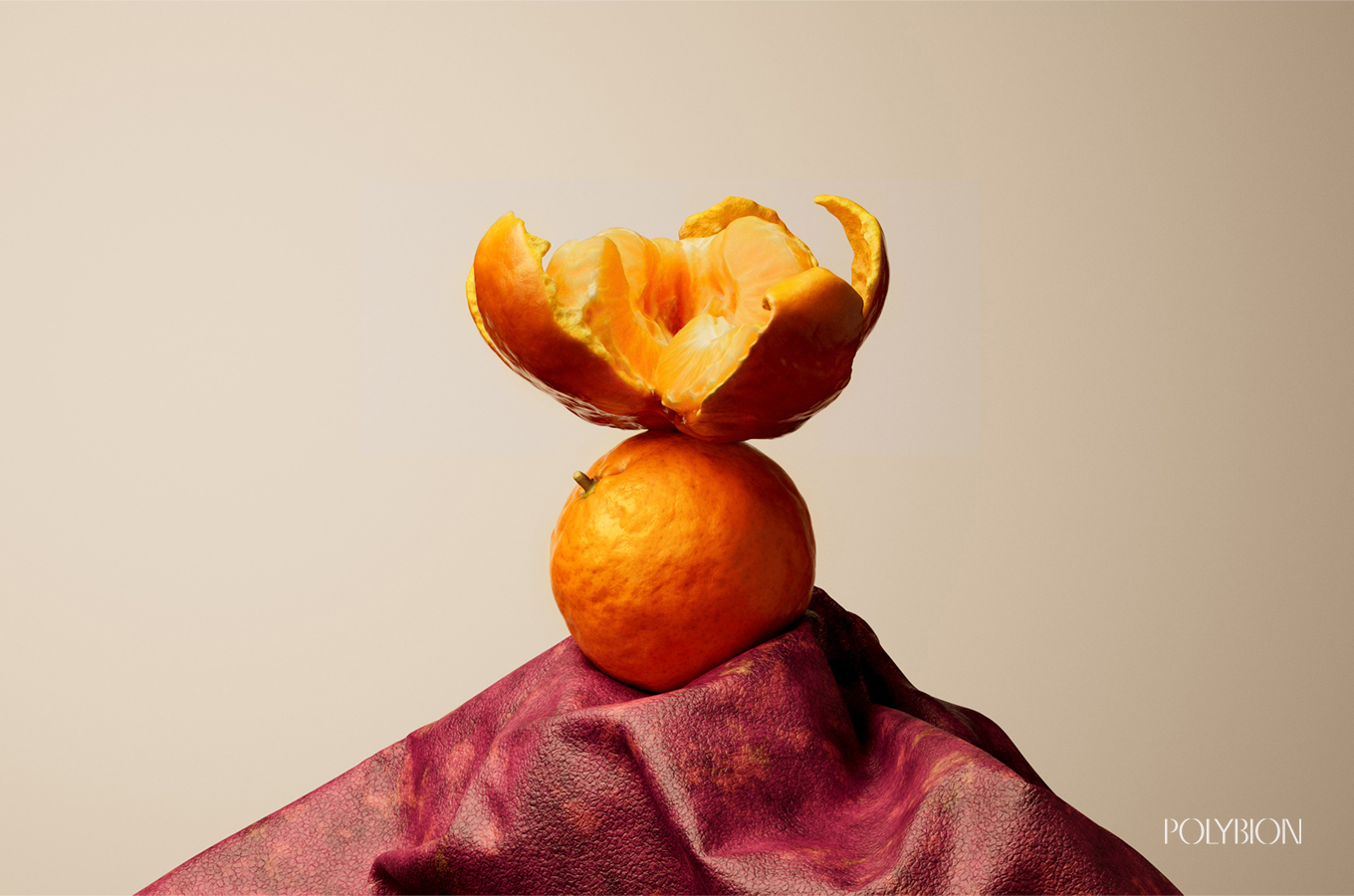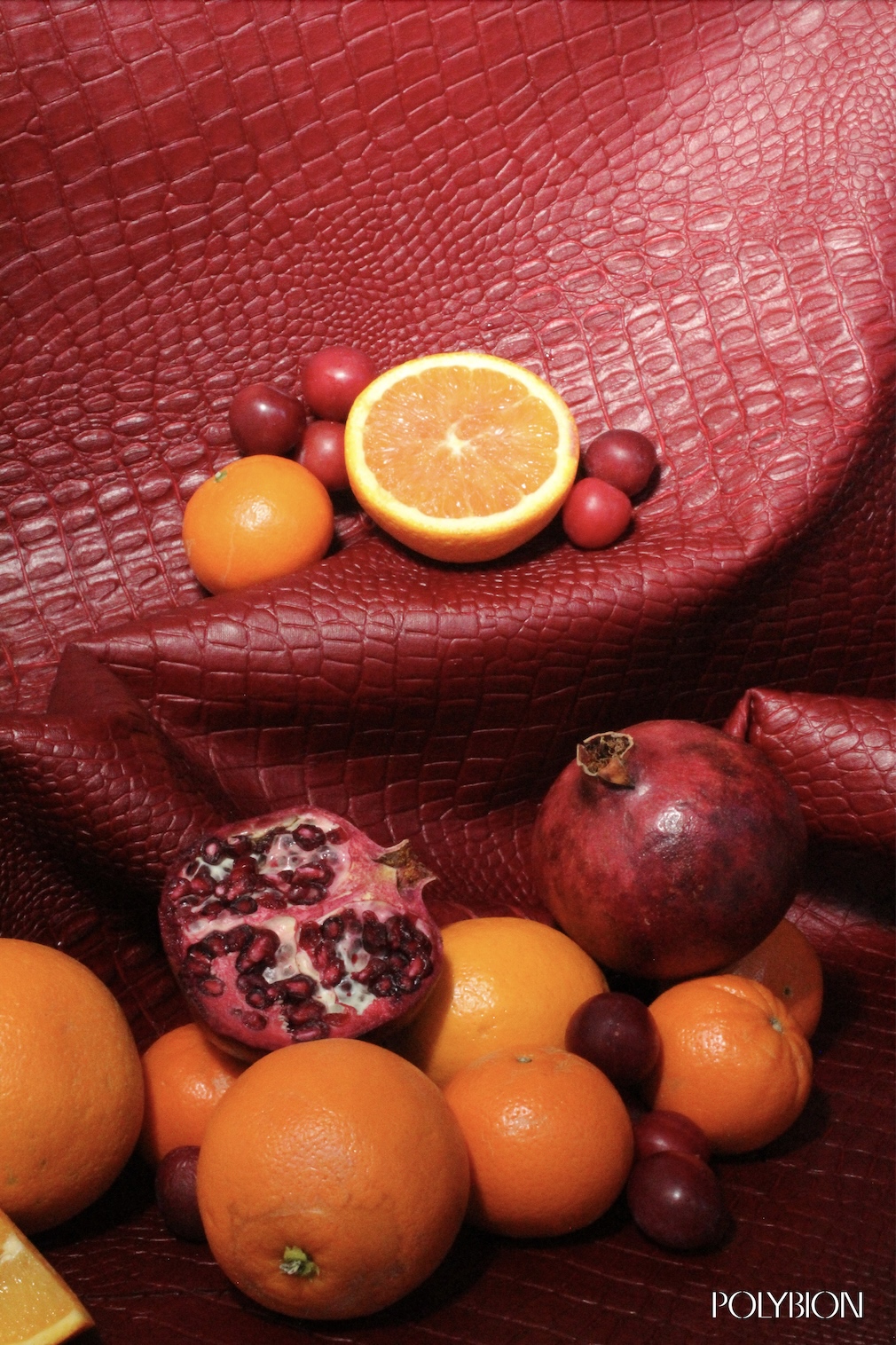
While growing up in Mexico, brothers Alexis and Axel Gómez-Ortigoza became fascinated by technology and nature, and how the two could intersect. In 2016, their company, Polybion, founded the first vertically integrated pilot plant for mycelium materials in Latin America. After a couple years working with mycelium, their team began experimenting with bacterial fermentation and recognized the opportunity in bacterial cellulose as a sustainable alternative to materials like leather and polyester. From this, their first product, Celium™, was born. Celium™, which officially launched this month, is a unique, versatile fabric created from the breakdown of fruit waste by bacteria. Most recently, it was used by Ganni to create three pieces—a crop top, miniskirt, and signature Bou bag—in their autumn/winter 2024 collection. For a deeper dive into this material, you can download the technical sheet and Life Cycle Assessment here, and contact the team for a Celium™ Swatch Sampler.
How long did it take to develop Celium™?
The development of Celium™ has been a decade-long journey. After pivoting from mushroom-based materials to bacterial cellulose six years ago, we underwent extensive R&D to optimize growth conditions. Over the past four years, we’ve sharpened the transformation process of bacterial cellulose into Celium™ Premium Cultivated Cellulose, refining its chemistry and process flow to achieve unprecedented performance for a grown biomaterial. Our proprietary methods and continuous innovation have been crucial in creating this level of performance, aesthetics and feel.
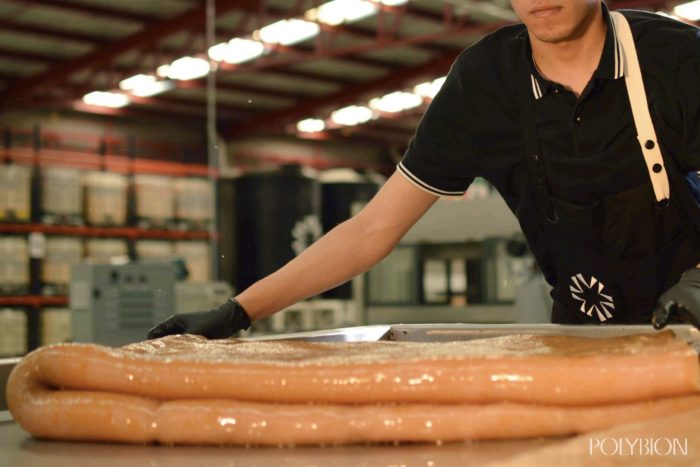
How does your manufacturing process work?
We grow Celium™ Premium Cultivated Cellulose by feeding bacteria with agro-industrial fruit waste. A favorable environment is created for cellulose to be structured as a metabolic byproduct by bacteria and once formed, the bacterial cellulose fabric undergoes a non-toxic stabilization process. It is created from the metabolic breakdown of fruit waste by bacteria, within industrial fermentation vertical units. The continuous polymerization of glucose and fructose by the bacteria yields 16 sq.ft. cellulose sheets within a rapid six day period.
Then we transform the cellulose through a chromium-free and REACH-, EPA-, ZDHC-compliant tanning process to craft Celium™ – improving its physical and mechanical characteristics such as color, smell, texture, stiffness, toughness, strength, flexibility, hardness, and many more. For the transformation process, we rely on traditional animal leather tanning equipment such as, tanning drums, embossing machines, finishing lines, etc. The transformation process is a cornerstone in achieving both high-end performance and desirable aesthetics.
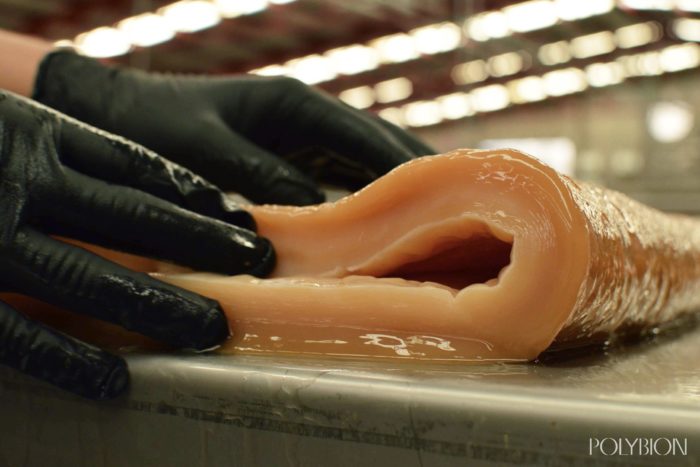
Where are you sourcing fruit waste from?
Our production facility, FOAK I (First-Of-A-Kind), is strategically located in Guanajuato, Mexico (Central Mexico), a region renowned for its agroindustrial activity. Despite most fruits in Mexico being grown near the coast, they are packaged in this region before being exported to the U.S. This gives us access to a constant supply of agroindustrial fruit waste year-round, which we convert into growth media for bacteria. Our versatile production process can utilize any fruit waste with the appropriate sugar content, so we could use other biomass sources from other regions around the world.
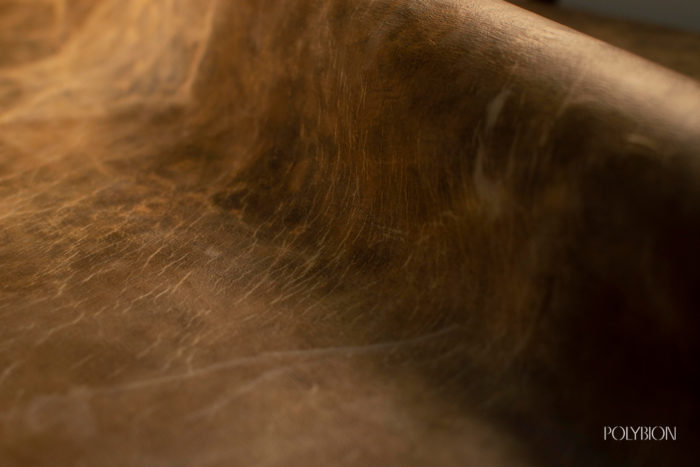
How does Celium™ compare to conventional leather?
While it can replicate leather, Polybion’s material development ethos focuses on accentuating the distinctive aesthetics of bacterial cellulose transformed into Celium™. Instead of merely offering another leather substitute, our approach celebrates the unique visual and tactile qualities achievable only with this remarkable material. To be clear, we are not trying to create another leather copycat.
With that being said, Celium™ offers a more sustainable and ethical alternative to conventional leather. It is animal-free, does not involve the harsh chemicals typically used in the production of synthetic leathers, and has a very low environmental impact. Aesthetically and functionally, Celium™ can be customized to meet various design specifications, making it comparable to conventional leather in terms of versatility.
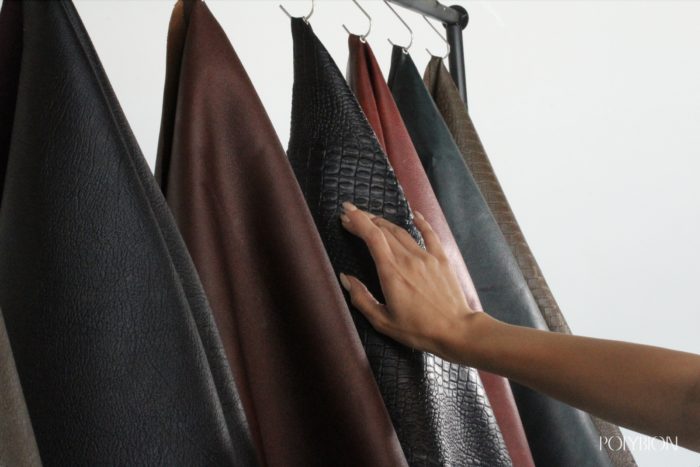
Do you expect the market to continue moving toward animal-free textiles?
Absolutely, the trend towards low carbon and animal-free textiles is growing as consumers become more environmentally conscious and seek ethical alternatives. Celium™ is at the forefront of this shift, offering high-performance characteristics and sustainability benefits that align with the demands of modern consumers and industries. The market is likely to continue moving towards this direction with awareness about the environmental impact of traditional textiles, such as leather and wool, pushing consumers to seek alternatives. Other reasons for this macro shift include environmental concerns, regulatory pressure, corporate responsibility, economic incentives, and more.
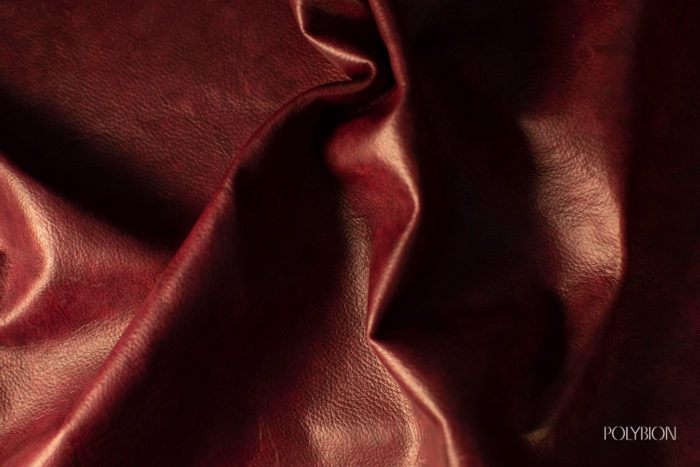
Can you tell us about FOAK I and how Polybion plans to keep up with demand?
In 2022, we accomplished the construction of a solar-powered manufacturing facility spanning 14,000 sq. ft. This facility represents the third iteration within a span of four years, demonstrating the company’s commitment to continuous improvement and scalability. The industrial process underwent meticulous optimization and was replicated hundreds of times to gain comprehensive insights at the current scale. At maximum capacity, the facility is projected to output 1,100,000 sq. ft. per year.
Within the new facility, we have established an in-house tanning unit, reinforcing our commitment to quality control and streamlined production processes. Additionally, strategic partnerships with external tanneries act as valuable subcontractors, ensuring the company’s capacity to expand and adhere to the stringent standards set by global brands. This dual approach underscores our flexibility and adaptability in meeting industry demands while maintaining the highest standards of quality and efficiency.
In 2024, our primary focus will be to automate our current facility, paving the way for enhanced efficiency, scalability, and cost-effectiveness.This automation initiative will serve as a blueprint for the engineering and procurement of our next facility, the 10X, setting the stage for continued growth and innovation. With biology related hurdles solved at scale, the next challenge, at this juncture, becomes a CapEx challenge. Expanding production capacity into mass-market consumer applications demands securing additional financial resources to speed process automation and production ramp-up.
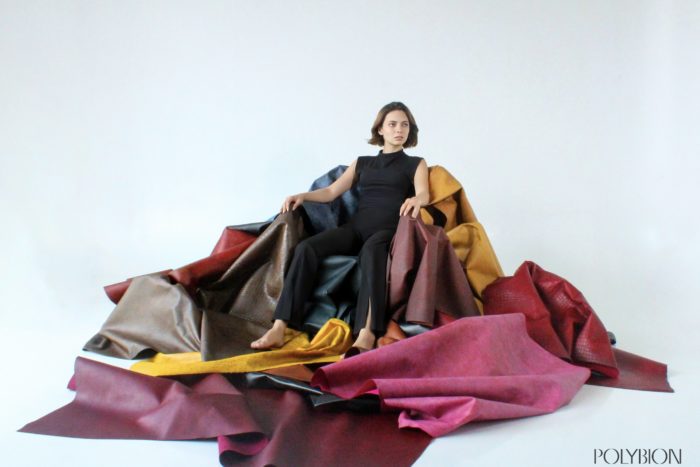
How is Celium™ different from other leather alternatives on the market?
Celium™, with its inherent biological composition, possesses a character of its own. It refuses to be confined by the imitations of existing materials. Instead, it emerges as a new material category with self-defining aesthetics. Each piece of Celium™, shaped by the forces of biology, has a unique essence that reflects the artistry found in nature. Celium™ embodies unprecedented aesthetics unseen in the fashion industry.
Moreover, upon request, it can be customized into uniform colors that emulate the look and feel of leather, all without compromising its organic touch, unlike other plastic or plant-based leather alternatives. Whether seeking a classic leather feel or avant-garde aesthetics, Celium™ offers limitless possibilities, providing a fresh canvas for design innovation. The choice is in the hands of designers and brands.
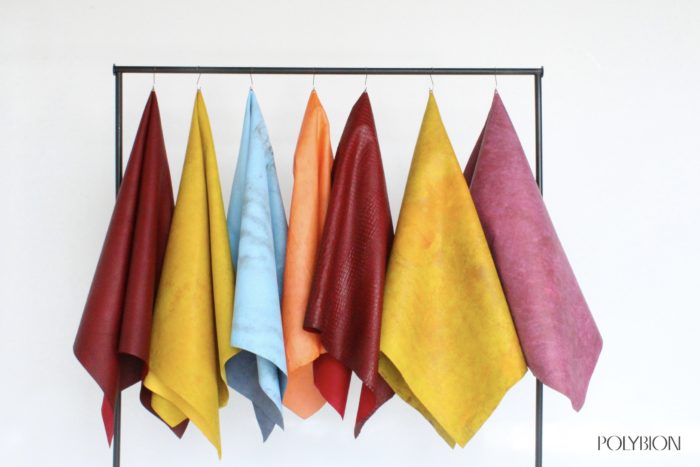
What is the Celium™ Swatch Sampler?
It is a thoughtfully curated collection featuring swatches of Celium™ Premium Cultivated Cellulose. This sampler is meticulously designed to ignite creativity and exemplify the boundless potential of this groundbreaking fabric category.
With the Celium™ Swatch Sampler, we invite designers and creatives around the world to explore the endless possibilities of Celium™. It’s been commercially available since May 2024.
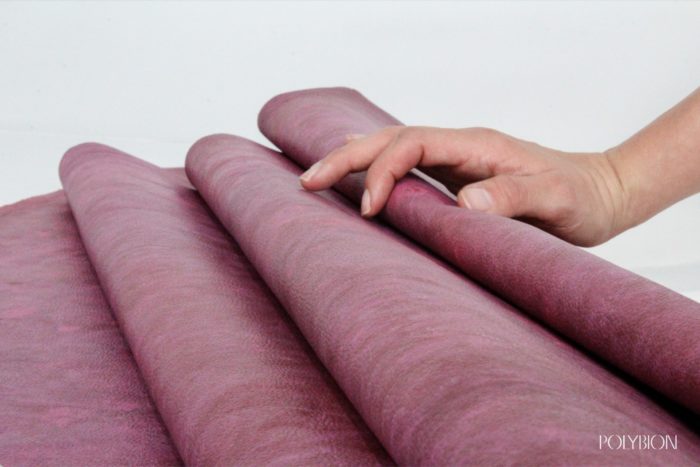
Are there any collaborations you’re especially excited about right now?
The collaboration with GANNI holds a special place for us, particularly due to their unwavering embrace of Celium™ as a distinct and innovative material right from the outset. What stands out, and what we cherish, is the recognition that our material is not merely a mimic of leather or another form of plastic, but a representation of an entirely new category.

